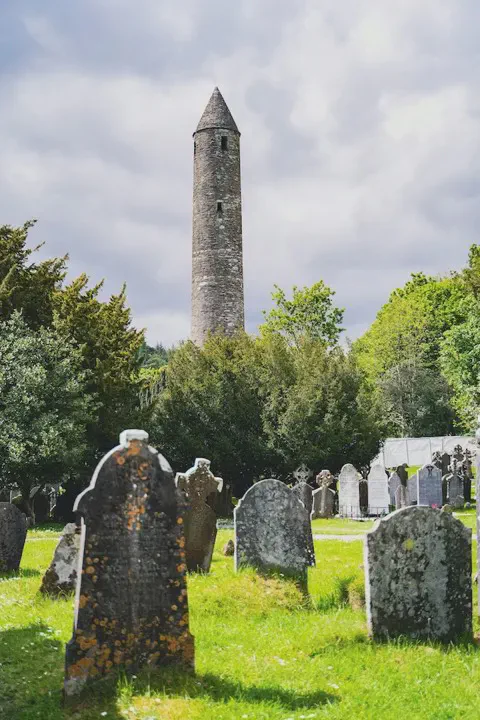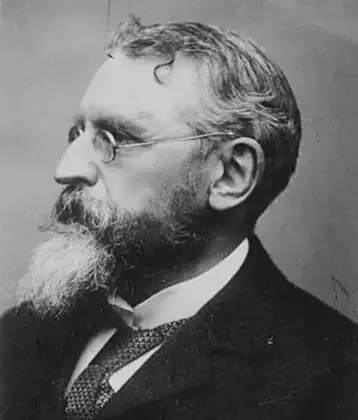October 2nd, 1854
Sir Patrick Geddes (1854 - 1932) was Scottish biologist and botanist, known also as an innovative thinker in the fields of urban planning and education He was responsible for introducing the concept of region to architecture and planning. Sir Patrick Geddes became a prime example of the free exploring minds which flourished in Victorian Britain.
He was born in Ballater, Aberdeenshire, Scotland on October 02, 1854 and died in Montpelier, France on April 17, 1932. He was knighted in 1932 shortly before his death. Geddes shared the belief with John Ruskin that social processes and spatial form are related. Therefore, by changing the spatial form it was possible to change the social structure as well. This was particularly important in the late 19th and early 20th century when industrialization was dramatically altering the conditions of life.
Geddes demonstrated this theory through his work in Edinburghs Old Town. Here, in this most dilapidated area, he used associations with prominent thinkers who lived there in the 18th and 19th century (like Adam Smith), to establish residential halls. Here he situated his famous Outlook Tower, a museum of local, regional, Scottish, and world history.
He collaborated with his son-in-law, prominent architect, Sir Frank Mears on projects in the Middle East and he was the founder of the College Des Ecossais, an international teaching establishment located in Montpelier, France.
Geddes strongly influenced the thinking of the American urban theorist Lewis Mumford, as well as many other 20th Century thinkers.


